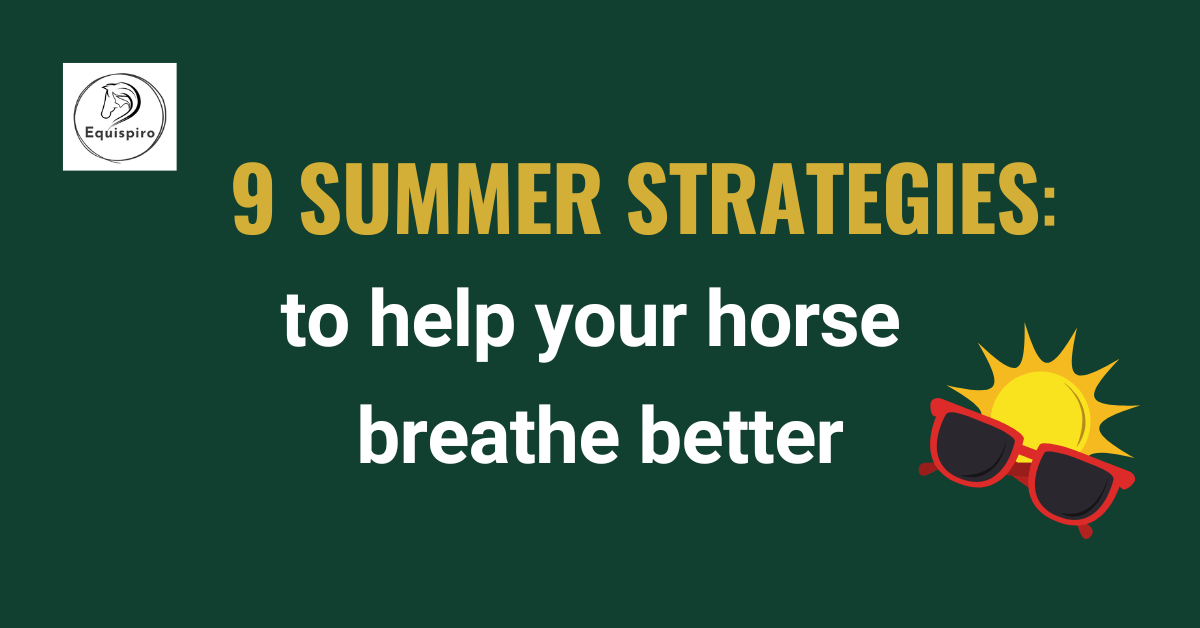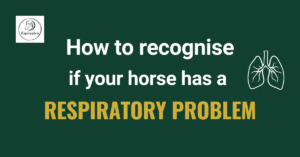Summer can be a crucial time of year for horses with respiratory problems. Heat, dust, pollen and stable-related triggers can exacerbate respiratory problems, so proactive, enhanced care is essential.
If you’ve already taken care of the basics — dust-free hay, good bedding and regular vet checks — it’s time to go one step further. Here are advanced, summer-specific strategies to help your horse breathe better when the heat rises.
☀️ 1. Switch to full-time hay steaming
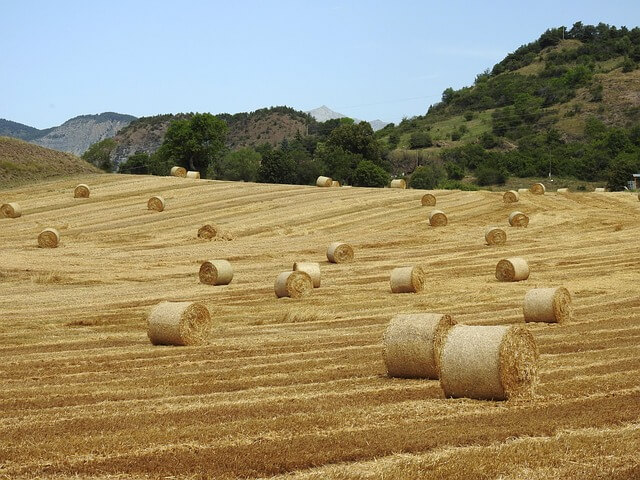
Soaking hay isn’t enough in the summer. When spores multiply in the heat and humidity, a hay steamer is more than just a luxury — it’s a necessity.
- Steam every batch of hay, even if it looks clean.
- Use a thermometer to ensure that the core temperature reaches 100 °C.
- Store steamed hay in covered containers and use within 24 hours.
🌡️ 2. Switch to night grazing + stall rest during the day
Reversing the routine can help minimise flare-ups of respiratory disease:
- Nighttime turnout = cooler air and less exposure to allergens.
- Daytime housing = stable temperature and controlled ventilation.
- Add fans, misting systems or even cooling panels in well-ventilated stalls.
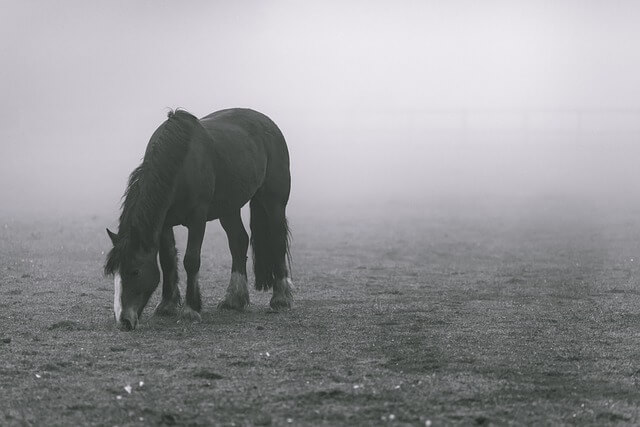
Bonus: cooler nights also mean calmer, deeper breathing.
💦 3. cool the horse down properly with water
Overheating puts additional strain on the lungs, especially in asthmatic horses. Here you can find out how to use cooling with cold water effectively:
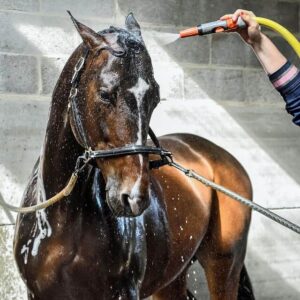
- Apply the “5-minute cycle“: hose the horse down, rinse immediately and repeat up to 5 times.
- Concentrate on the neck, chest, flanks and between the hind legs — areas with lots of blood vessels.
- Always scrape off the water — evaporation is the key to cooling, not just wetness.
- Apply cool (not ice cold) water to avoid heat shock.
Combine cooling with walks to aid heart and lung recovery.
💨 4. use nebulisation proactively
Regular use of inhalers or nebulisers in summer helps to reduce inflammation before it breaks out.
- Saline or bronchodilator therapy before work or on dusty days.
- Explore cool mist treatments after exercise.
- Use treatments before exercise during the pollen count.
Don’t wait for the cough to return— – get ahead of it.
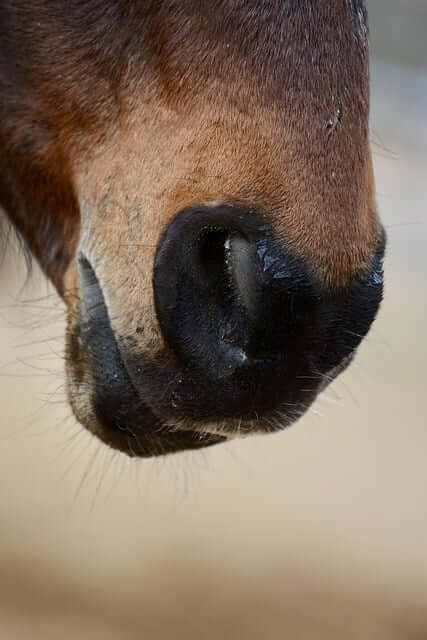
🧂 5. salt therapy as a routine
Supplement your horse’s rest periods with halotherapy:
- 20–30 minutes daily in a quiet box.
- Combine it with gentle exercise (walking by hand or stretching).
Particularly useful after days of high heat or poor air quality
🍃 6. adapt the diet for an anti-inflammatory effect
Combat pollen sensitivity and summer stress by:
- Add natural antihistamines such as spirulina or nettle (ask your vet).
- Increase omega-3 fatty acids from flax or chia.
- Use herbs such as thyme, liquorice or fenugreek in short cycles.
📊 7. monitor breathing rate — what is normal in the heat?
Healthy adult horses breathe at around 8–16 breaths per minute (bpm) at rest in mild weather. But summer heat naturally increases this baseline:
| Ambient temperature | Normal breathing rate at rest |
| < 20 °C | 8–14 bpm |
| 20–25 °C | 12–18 bpm |
| 26–30 °C | 16–22 bpm |
| > 30 °C | Up to 24 breaths per minute may still be normal |
| > 32 °C + humidity | Monitor closely; >24 breaths per minute at rest may be signs that your horse is having problems: – Prolonged recovery time after exercise (over 20 minutes) – Puffy nostrils if not exercised – “Belly breathing” – visible effort in the flanks |
Measure after 5 minutes of rest and again after 15 minutes. Rising numbers = warning sign.
🐎 8. exercise only a little or not at all
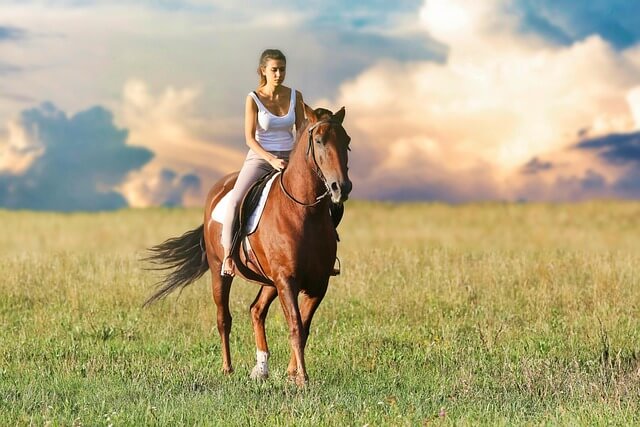
In extreme heat:
- Exercise only early in the morning, briefly and with low intensity.
- Incorporate ground work or pole work instead of endurance training.
Pause training if necessary and concentrate on therapies, handwork and mental
📋 9. keep track of everything
Summer is too risky to “go by feel” Create a short daily protocol:

- Morning and evening breathing rate
- Weather & air quality
- Status of hay vapourisation
- Salt therapy or nebulisation
- Signs of flare-up (cough, phlegm, fatigue)
A 2-minute protocol can save weeks of recovery!
✅ Final thought
- Summer isn’t just about sun and sweat — it’s a crucial time for respiratory protection.
- By treating summer like a preventative treatment window, not just a season, you give your horse the best chance to breathe easier — even in the heat.

